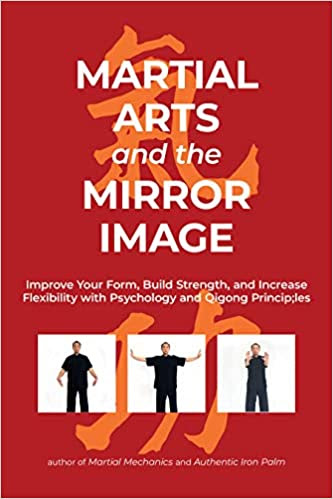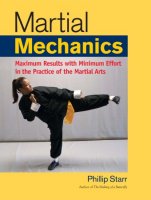by Phillip Starr
Some (important) principles used in various martial arts are very difficult to accurately describe in words. I experienced this problem when I trained under my own teacher, Master W. C. Chen, many moons ago. Unable to find the right English words to describe a certain principles or movement, he's resort to, “do it like this.” Of course, much of the time, I couldn't really grasp what he meant and it would be many years before I'd finally “get it.” Much of the learning in the old days was done by rote; imitating the teacher and trying to pay attention to tiny details, most of which went unnoticed by the students...
This same problem – verbalization – exists within their own native languages! This is why, I believe, many “songs” were written (especially within the internal arts communities) to describe key principles. These “songs” have been translated, but the translations are often incorrect. Moreover, it's well to bear in mind that many of our martial arts ancestors were not particularly well-educated; in fact, many were functionally illiterate. Their verbal skills, as well as their knowledge and understanding of human anatomy and physiology were often very limited.
And many of the “songs” that have been accurately translated are very difficult to understand. They're not well-understood by native speakers, either. Some instructions were, and still are, very difficult to understand:
“When you advance, the knee must empty”...
References to the “kua”, which most people believe is just the inguinal crease. Actually, it's the entire psoas muscle.
“Punch through your elbow”...
“Lift the kidney.”
and so on. And once a given principle is understood and practiced, it gives rise to the discovery of other (related) principles.
But there is some measure of hope. In contemporary Japan, highly-respected masters of various arts (from karate, to swordsmanship, to MMA, aikido, and others) are now getting together to compare notes on various principles. Most of us in the West are unaware that such collaborations are even happening right now (as of this writing in 2022) and it's a phenomenon that isn't likely to occur in the West...too many egos involved. And it's been found that even some of these world-renowned masters are unable to accurately verbalize certain principles to their fellows!
Such principles CANNOT be learned online; they can be learned only through hands-on training. Many can’t be easily seen by the human eye…they have to be FELT, directly experienced.
Master Hino Akira, a martial arts genius who is a friend of mine, has expressed the importance of being able to accurately verbalize certain concepts. He laughs as he admits that it is, at times, extremely difficult to do. My most senior students, Hiro Misawa, and I have discussed this problem several times and he has expressed the importance of giving names to certain principles (which have never been named) as well as accurately describing them and how/why they work. We're working on it. Stay tuned...























No comments:
Post a Comment